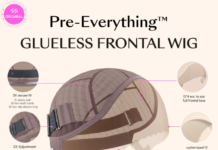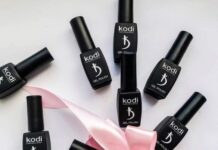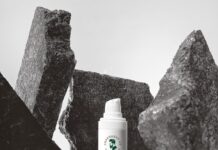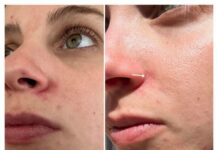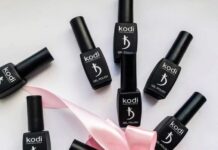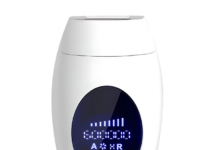Did you recently break out from using sunscreen? Well, that is true and to avoid that, you need to stay far from the comedogenic ingredients and others in sunscreens.
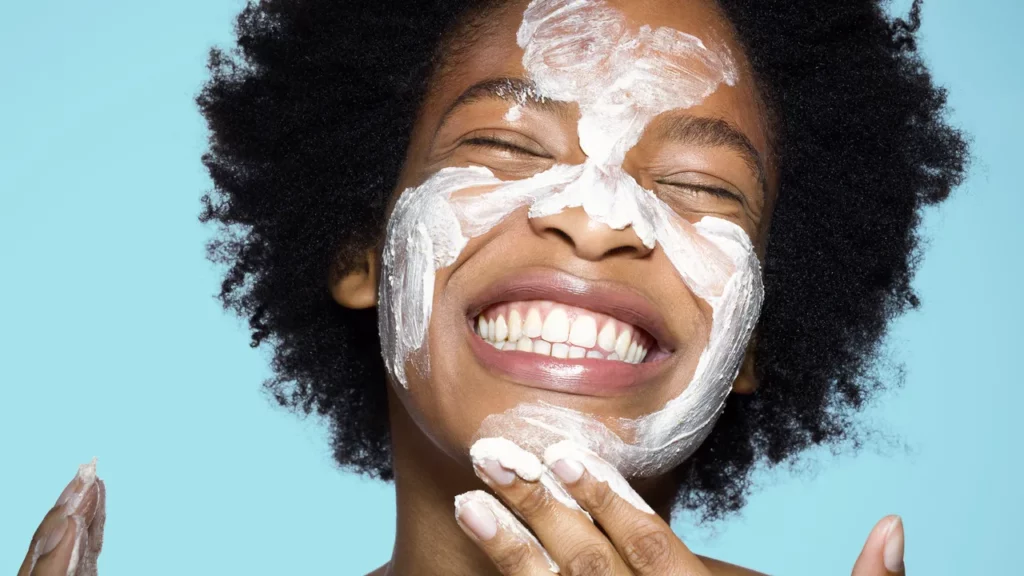
Sunscreens are the holy grail of skincare that everyone swears by. Using daily sunscreens helps skin stay out of harmful UV rays, and helps it avoid skin cancer and aging. However, some people have faced severe acne problems after using sunscreen. So what is it? And do sunscreens cause acne? The answer is yes and no. Yes, there might be ingredients that can cause an active breakout in some people but that does not mean you can or you should skip using sun protection. While you should never step out without using sunscreen, there might be some ingredients you need to stay clear of, if you have recently faced acne issues.
Sunscreens and acne breakouts:
The question that arises is do sunscreens and its active ingredients cause acne? The answer is no. While you can blame your recent breakout on these active ingredients, that is far from the truth. Human skin does not react to these active ingredients in sunscreen but there might be other ingredients that are behind the heinous breakouts. Moreover, storage of sunscreens is essential in this case too because excessive heat can break down the ingredients and chemicals and cause acne breakouts. In addition to that, certain chemical UV filters that are used in sunscreens can also be the culprits. So what are those ingredients that you need to stay clear of?
- Comedogenic ingredients, oils, and butter
A lot of sunscreens use ingredients like coconut oil, wheat germ oil, soybean oil, cocoa butter, etc. Although they all are natural ingredients and moisturize skin, they tend to clog pores for some skin types. If you have acne-prone skin or oily skin, using these ingredients can worsen your acne and cause severe breakouts. Hence, choosing the next sunscreen avoid these and instead go for ingredients like sea buckthorn, sunflower, jojoba, grape seed, and rosehip seed oils.
- Silicones and mineral oils
Mineral oils and silicones are probably the most common ingredients that you will find in almost every sunscreen. However, these two do not let sweat pass through pores in your skin which can cause active breakouts. This sweat and dirt, trapped inside skin pores can cause skin irritation as well.
- PABA and other chemicals
Ingredients like para-aminobenzoic acid (PABA) and methoxycinnamate (found commonly in waterproof sunscreens) can cause acne breakouts for sensitive and acne-prone skin. So while choosing your next bottle, try to avoid ingredients such as Butyl stearate, Isopropyl myristate, Decyl oleate, Isopropyl isostearate, Myristyl myristate, Isopropyl neopentanoate, Isopropyl palmitate, Myristyl propionate, Octyl palmitate, Peppermint oil or propylene glycol-2 (PPG-2), etc.
- Benzophenones
Benzophenones are UV Filters that are commonly found in most of the sunscreens. The most common filters are avobenzone and oxybenzone. However, a recent study found that these, especially oxybenzone may prompt erythematous papulovesicular eruption, causing photoallergy.
- Plant waxes and beeswax
Plant waxes and beeswax are known for their properties that help the skin glow and can be tolerated by most skin types. However, for acne-prone and sensitive skin types, these might clog the skin pores further. These can also clog the already clogged pores, making it difficult for the skin to breathe and causing acne breakouts.
Remember every skin type is different from others. So while other skin types can easily tolerate these ingredients, it might be difficult for others. These are a few tips that you can use to select your next one so that you can avoid breaking out.
- Go for a day cream with SPF
Moisturizing is the most crucial step of any skin care, for any skin type. Yes, even for people with acne-prone, oily, or sensitive skin types. So if you are not comfortable using sunscreen, you can opt for a moisturizer with SPF as well. Instead of layering your moisturizer with sunscreen, you can skip one step and use your day cream with SPF. These combos are available in the market offering SPF 30 or higher with the moisturizer.
- Tinted sunscreens
Did you know you can use tinted sunscreens as well? Well, tinted sunscreens are the hot selling items of the market which is perfect for people with oily skin but prefer using makeup. Instead of layering the skin with sunscreen and then foundation, you can apply both in the form of a tinted sunscreen and finish it off with some loose powder to matte-fy the face even more.
- Avoid PABA, oxybenzone, and go for a “Non-Comedogenic” one
If you have rosacea and eczema-prone skin or your skin is sensitive and oily type, then avoid PABA, and oxybenzone at all costs. People with ultra-sensitive or acne-prone skin can go for mineral sunscreens that include ingredients like titanium dioxide, and zinc oxide that do not irritate the skin or cause breakouts. In addition to that, people with acne-prone skin should focus on the word “non-comedogenic” while choosing their sun protection. This means that particular sunscreen does not contain any ingredient that can clog the pores or cause breakouts. You can also go for oil-free sunscreens as they help control extra oil on your skin. But to be on the safe side, go to a dermatologist and use their prescribed sunscreens.
How to choose the right sunscreen for your skin type?
According to the American Academy of Dermatology Association,
- i) If you have dry skin, you can go for sunscreen creams for daily use.
- ii) You can use gel-based sunscreens on other parts of your body to get the best results.
iii) You can use sunscreen sticks on the sensitive areas of your face, like around the eyes.
According to the American Academy of Dermatology, there are some guidelines when it comes to using sunscreens. They are –
- i) An adult usually needs about 30 ml of sunscreen to cover every exposed part of their body.
- ii) Every human should apply sunscreen 15 before stepping out in the sun and reapply every two hours, or according to the instructions.
iii) While applying sunscreen, do not forget the lips as they can also get affected by the harmful UV rays. Apply lip balm with SPF to avoid the damage.
Now that you have an idea of how to choose the right sunscreen for your skin type, you need to know the right removal process of the sunscreen from your skin as well. To remove properly, you can use an oil-based cleanser to thoroughly massage and remove every trace of the product from your skin. Then you can use a damp cotton cloth to wipe it off. But remember to never step out in the sun without protection for your skin.

